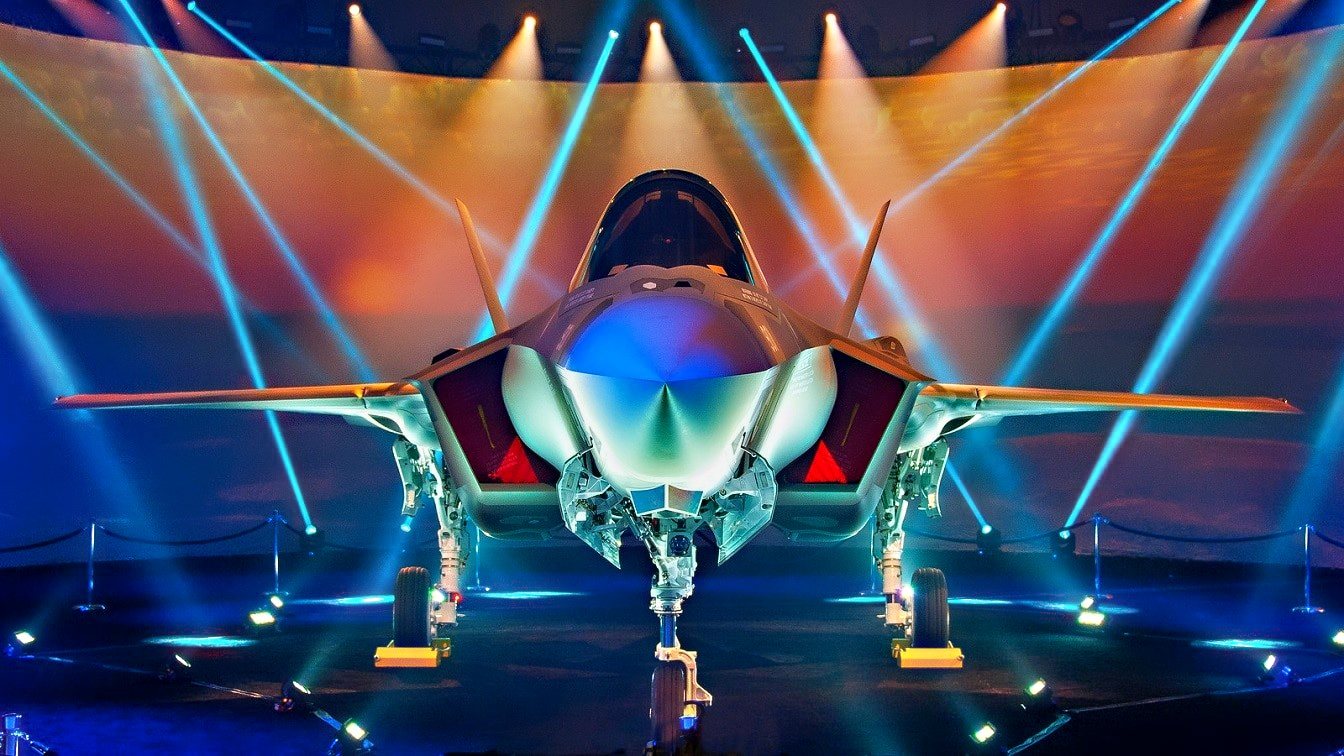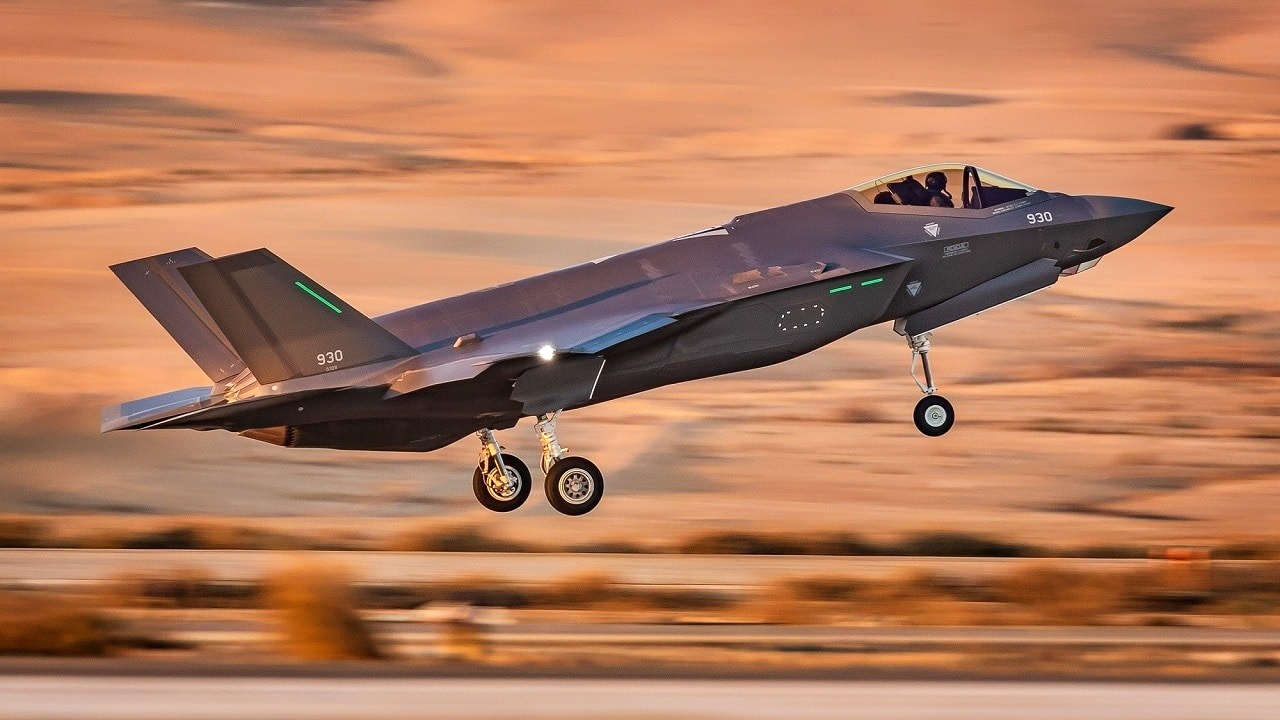F-35I Adir: Israel Will Soon Have 75 Stealth Fighters Even America Doesn't Have
Israel remains the sole Middle Eastern operator of the Lockheed Martin F-35 Lightning II stealth fighter. With 36 of 50 ordered jets already delivered, Israel recently signed a deal for an additional 25, bringing the total to 75 within the next decade.
Summary: Israel remains the sole Middle Eastern operator of the Lockheed Martin F-35 Lightning II stealth fighter. With 36 of 50 ordered jets already delivered, Israel recently signed a deal for an additional 25, bringing the total to 75 within the next decade.

-The $3 billion deal, financed by U.S. military aid, will see deliveries starting in 2028. Israel's F-35I "Adir" variant includes customized electronic warfare systems, tailored helmets, and enhanced data processing capabilities.
-The Israeli Air Force operates three F-35 squadrons from Nevatim Air Base and has employed the aircraft in combat, notably against Iranian targets in Syria and drones.
Israel Expands F-35I Adir Fleet with $3 Billion Deal for Additional Stealth Fighters
The State of Israel remains the sole operator of the Lockheed Martin F-35 Lightning II stealth fighter in the Middle East. Currently, 36 of the original 50 ordered by the Jewish state have been delivered, but the total force could grow to as many as 75 within the next decade, as Israel signed a deal on Tuesday for an additional 25 of the fifth-generation fighters – to be delivered at a rate of three to five annually beginning in 2028.
The deal, financed by U.S. foreign military aid, totals approximately $3 billion.
As noted by Lockheed Martin, the aircraft's prime contractor, "Israel became the first country to select the F-35 through the United States government's Foreign Military Sales (FMS) process when a Letter of Agreement was signed in October 2010."
On June 22, 2016, the Israeli Air Force (IAF) received its first F-35A at a ceremony at Lockheed Martin's Fort Worth, Texas facilities, and the following year the fifth-generation multirole stealth fighter was declared operational.
The Mighty One – Meet the F-35I
Though an "early adopter" of the F-35, the Israeli Defense Forces (IDF) expressed concerns that the aircraft's stealth capabilities could be partly overcome within a decade despite the 30 to 40-year service life. To address that very serious issue, Israel sought to utilize its own electronic warfare system (EWS). Initially, the U.S. refused to allow such changes over security concerns.
However, it eventually agreed to allow Israel to integrate its own EWS, including sensors and countermeasures, on top of the U.S. systems. Additional changes included a special, IAF-tailored helmet-mounted display, and bespoke datalink functionality that is specific to the IDF, while other enhancements further improved the F-35's already-potent data gathering and processing capabilities.
All of those new enhancements to the stealth aircraft were also significant enough to warrant an 'I' designation, making the F-35I one of just a handful of formally acknowledged F-35 variants. The Israeli Air Force gave the F-35I the name Adir, meaning "Mighty One" in Hebrew.
The IAF operates three F-35 squadrons out of Nevatim Air Base, located southeast of Be'er Sheva, near Moshav Nevatim. These include the 116 Squadron, "Lions of the South," which became the first to transition to the fifth-generation fighter; the 117 Squadron, "First Jet," which operates as an F-35I training squadron; and the 140th Squadron, also known as the "Golden Eagle Squadron," which was reactivated specifically in 2015 to receive the Adir.

In addition to being the first foreign nation to adopt the F-35, Israel has the distinction of seeing the aircraft employed in combat. On May 22, 2018, Israeli Air Force commander, Major General Amikam Norkin, reported that the F-35s were used to strike Iranian missile launch sites in Syria. In April 2022, an Israel F-35 also shot down a pair of Iranian drones for the first time.
Author Experience and Expertise: Peter Suciu
Peter Suciu is a Michigan-based writer. He has contributed to more than four dozen magazines, newspapers, and websites with over 3,200 published pieces over a twenty-year career in journalism. He regularly writes about military hardware, firearms history, cybersecurity, politics, and international affairs. Peter is also a Contributing Writer for Forbes and Clearance Jobs. You can follow him on Twitter: @PeterSuciu. You can email the author: [email protected].
All images are Creative Commons.


